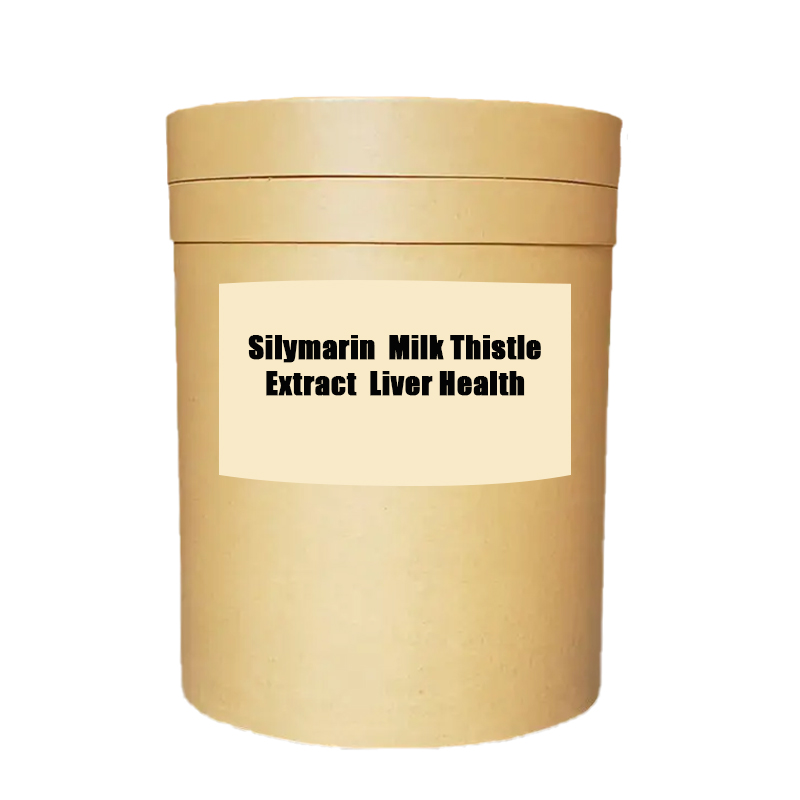
Jul . 23, 2024 14:32 Back to list
Understanding the Impact and Management of Coccidiosis in Poultry Production in China
Coccidiosis in Chickens A Major Challenge in China
Coccidiosis is one of the most significant parasitic diseases affecting poultry worldwide, and its impact on the chicken industry is particularly severe in China. This disease, caused by protozoa of the genus Eimeria, can lead to devastating economic losses for farmers, impacting feed efficiency, growth rates, and overall chicken health. Understanding the causes, symptoms, management, and prevention strategies for coccidiosis is essential for maintaining the health of poultry flocks and ensuring sustainable production in the face of rising demand for chicken meat.
Understanding Coccidiosis
Coccidiosis is primarily transmitted through the fecal-oral route, where birds ingest oocysts from contaminated feed or water. The disease is characterized by its rapid spread within flocks, especially in conditions of overcrowding and poor hygiene. Eimeria species, such as Eimeria tenella, Eimeria necatrix, and Eimeria acervulina, infect various parts of the gastrointestinal tract, leading to inflammation and destruction of intestinal lining. This destruction impairs nutrient absorption, resulting in poor growth rates and significant losses in weight gain.
Symptoms of Coccidiosis
Symptoms of coccidiosis can range from mild to severe and often include diarrhea (which may be bloody), lethargy, reduced feed intake, and weight loss. Infected birds may exhibit ruffled feathers and decreased activity levels. In severe cases, high mortality rates can occur, especially in younger birds. Early detection is critical, as timely intervention can significantly reduce the impact of the disease on flock health and productivity.
Economic Impact
china coccidiosis in chickens

China's poultry industry has experienced rapid growth, becoming one of the largest producers and consumers of chicken meat globally. However, challenges such as coccidiosis threaten this growth. The economic impact is substantial; losses can occur due to increased feed costs, decreased productivity, and heightened veterinary expenses. Farmers often face the dilemma of using medicated feeds or treatments, which can further increase costs and impact the quality of the meat produced.
Management and Prevention
Effective management and prevention strategies are crucial in controlling coccidiosis. Biosecurity measures should be prioritized to limit the spread of Eimeria. This includes maintaining cleanliness in coops, ensuring proper sanitation of feeding and watering systems, and managing poultry stocking densities to minimize stress.
Vaccination is an emerging strategy in coccidiosis management. Live-coccidiosis vaccines can provide immunity without the drawbacks of chemical treatments, offering a more sustainable solution to managing the disease in flocks. Additionally, incorporating anticoccidial agents in feed has been a common practice, although concerns regarding drug resistance have led many producers to seek alternative solutions.
Conclusion
Coccidiosis poses a significant challenge to the chicken industry in China, affecting both economic viability and animal welfare. As demand for poultry products continues to rise, implementing effective management and prevention strategies is essential for sustainable production. Farmers, veterinarians, and researchers must work collaboratively to develop innovative approaches to combat coccidiosis, ensuring the health of poultry and the resilience of the industry. With concerted efforts and advancements in research, there is hope for reducing the impact of this pervasive disease in China’s poultry sector.
-
Premium China Bacillus Subtilis Supplier & Factory Solutions
NewsJul.30,2025
-
Premium Avermectin Supplier in China | Custom Solutions Available
NewsJul.29,2025
-
China Bacillus Subtilis Supplier - Custom Factory Solutions
NewsJul.29,2025
-
China Salivation: Leading Custom Salivation Supplier & Factory Solutions
NewsJul.29,2025
-
Leading Lincomycin Hydrochloride Manufacturer & Supplier with High Purity
NewsJul.29,2025
-
Bio-Enzyme Yogurt Growth Promoter Factory - Top Quality Manufacturer & Supplier
NewsJul.28,2025




